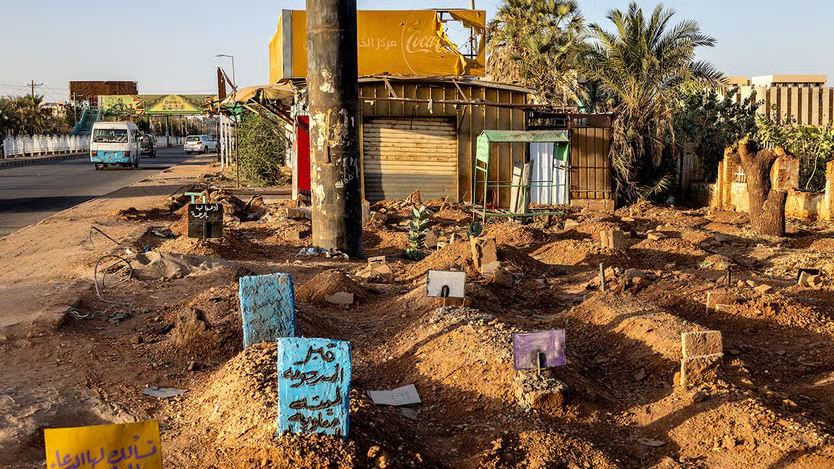
As a number, 150,000 is usefully round. In May 2024 Tom Perriello, then America’s special envoy to Sudan, told Congress that anywhere between 15,000 and 150,000 people might have died in the 13 months of the country’s civil war. The higher number stuck, though it was just a guess.
It was a necessary one. Until then, the most common death toll cited by the media and the un was 20,000, based on fatality figures compiled by the Armed Conflict Location and Event Data project (acled), an America-registered monitor that tracks reports of political violence. But acled counts fatalities only when it has specific data for them, such as media reports. Adding those up can give only a lower range in a conflict, and often a poor one. According to a study in 2024 by researchers at the London School of Hygiene and Tropical Medicine (lshtm), more people were killed by bombs and bullets just in the capital, Khartoum, over the same period. Such relatively low estimates may help explain why Sudan’s conflict is ignored by so many. And yet accurately tallying deaths in conflicts across Africa is getting harder.
Take Ethiopia’s war in Tigray, fought between 2020 and 2022. According to acled at least 5,325 people died in the region as a result of direct combat or violence targeting civilians. Yet the most commonly cited death toll for the conflict is 600,000, based on a claim made by Olusegun Obasanjo, then the African Union’s envoy to the Horn of Africa. This was probably based on an estimate of civilian deaths made by a team at the University of Ghent in Belgium. A more recent study carried out by lshtm researchers put the number killed, including by war-induced hunger and disease, at closer to 102,000. (These tallies all exclude fatalities outside Tigray.) Read more…